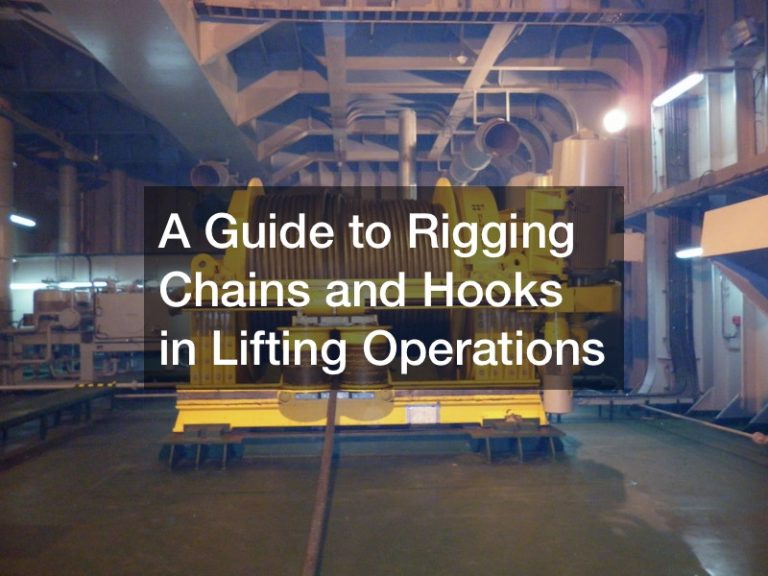In the intricate world of rigging, the significance of understanding the diverse characteristics of rigging chains cannot be overstated. These chains are pivotal in lifting operations, with their grades serving as a crucial determinant of strength and suitability for specific tasks.
Rigging chains are available in various grades, such as Grade 30, Grade 43, Grade 70, Grade 80, Grade 100, and Grade 120, with each grade indicating the chain’s strength. The materials used, primarily carbon steel and alloy steel, contribute to the chains’ distinct applications and considerations. Notably, Grade 80, Grade 100, and Grade 120 are explicitly designed for overhead lifting, boasting enhanced strength suitable for heavy-duty operations.
Despite the increased durability, these higher-grade chains come at a higher cost due to rigorous manufacturing processes adhering to strict standards and quality controls. However, the investment is justified by the assurance of safety and efficiency in lifting tasks.
Correct usage of rigging chains and hooks is paramount. Misuse, such as employing hoist load chains incorrectly, abusing alloy chains, or using Grade 70 chains for overhead lifting, can lead to significant problems. To mitigate risks, proper training, adherence to safety standards, and rigorous inspections are imperative. Compliance with OSHA and ASME standards ensures the longevity and reliability of rigging equipment, fostering a secure work environment in lifting and rigging applications. In essence, the careful selection and proper utilization of rigging chains and hooks are indispensable for a safe and efficient lifting experience.
.


